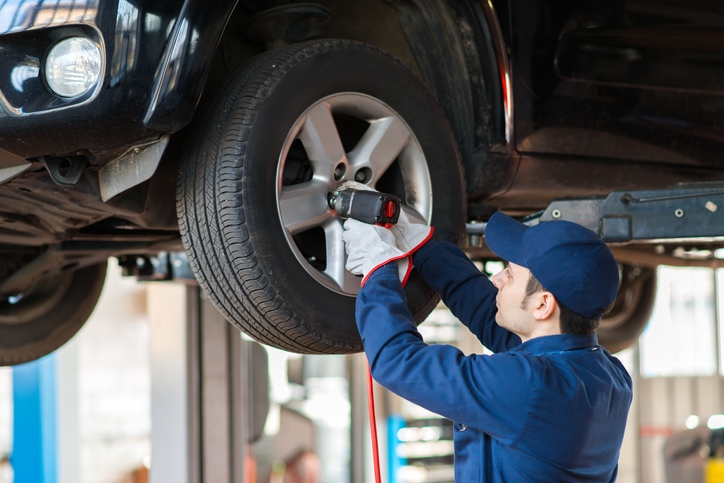Keeping your car in good working condition requires regular maintenance. However, even with the best maintenance practices, some problems are bound to occur. Knowing how to identify and fix these problems can help you save time and money in the long run. Here are some of the most common car problems and solutions:
Contents
- 1 1. Battery Problems
- 2 2. Engine Problems
- 3 3. Brakes Problems
- 4 4. Transmission Problems
- 5 5. Tire Problems
- 6 6. Electrical Problems
- 7 7. Fuel System Problems
- 8 8. Suspension Problems
- 9 9. Steering Problems
- 10 10. Cooling System Problems
- 11 11. Air Conditioning Problems
- 12 12. Exhaust System Problems
- 13 13. Oil Problems
- 14 14. Ignition Problems
- 15 15. Belt Problems
- 16 16. Wiper Problems
- 17 17. Windows Problems
- 18 18. Headlight Problems
- 19 19. Fuel Cap Problems
- 20 20. Catalytic Converter Problems
- 21 21. Oxygen Sensor Problems
- 22 22. Spark Plug Problems
- 23 23. EGR Valve Problems
- 24 24. Mass Air Flow Sensor Problems
- 25 25. Throttle Body Problems
- 26 26. Evaporative Emission Control System Problems
- 27 27. Timing Belt Problems
- 28 28. Alternator Problems
- 29 29. Starter Problems
- 30 30. Power Steering Problems
1. Battery Problems
A dead battery is one of the most common reasons why cars fail to start. The battery can die due to a number of reasons including leaving the lights on or a faulty alternator. To fix this problem, you can jump-start the car or replace the battery.
2. Engine Problems
The engine is the heart of your car and when it fails, the car won’t run. Some common engine problems include overheating, oil leaks, and misfiring. To fix these problems, you may need to replace faulty parts or take the car to a mechanic for repairs.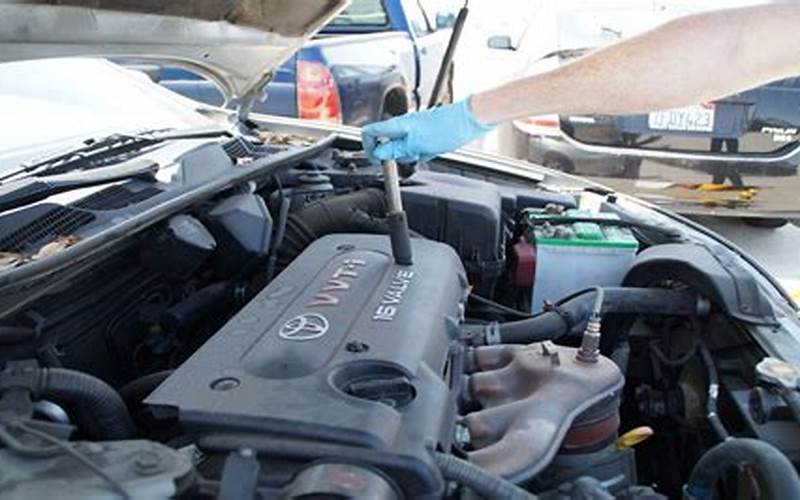
3. Brakes Problems
The brakes are an essential component of your car’s safety system. If you notice any unusual noises or vibrations when you apply the brakes, it’s an indication that there’s a problem. Common brake problems include worn brake pads, leaking brake fluid, and sticking calipers. To fix these problems, you may need to replace the brake pads, bleed the brake system or replace the calipers.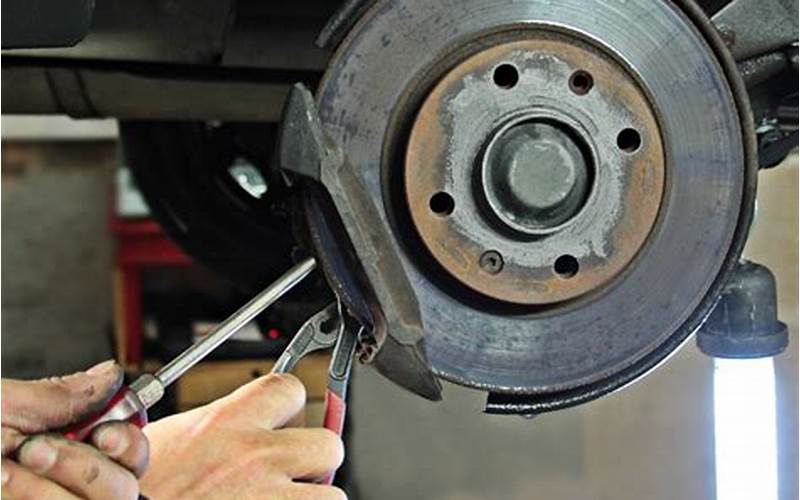
4. Transmission Problems
The transmission is responsible for shifting gears in your car. When it fails, you may experience problems such as difficulty shifting gears, slipping gears or strange noises. To fix these problems, you may need to replace the transmission fluid or take the car to a mechanic for repairs.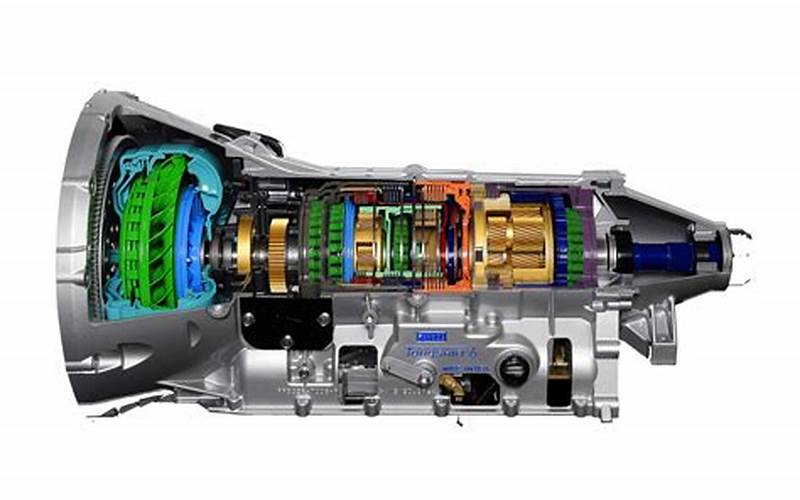
5. Tire Problems
Your car’s tires are the only point of contact between the car and the road. Some common tire problems include punctured tires, worn-out tires, and unbalanced tires. To fix these problems, you may need to replace the tires, patch the puncture or balance the tires.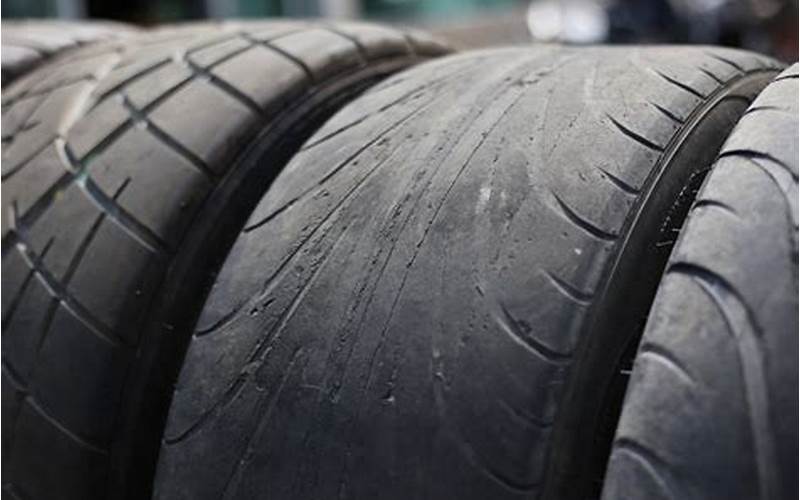
6. Electrical Problems
Your car’s electrical system comprises of the battery, alternator, and starter. When any of these components fail, you may experience problems such as dimming lights or a dead battery. To fix these problems, you may need to replace faulty components or take the car to a mechanic for repairs.
7. Fuel System Problems
Your car’s fuel system includes the fuel filter, fuel pump, and fuel injectors. When any of these components fail, you may experience problems such as poor fuel economy or difficulty starting the car. To fix these problems, you may need to replace faulty components or take the car to a mechanic for repairs.
8. Suspension Problems
Your car’s suspension system comprises of the shocks, struts, and springs. When any of these components fail, you may experience problems such as bouncing or swaying when driving. To fix these problems, you may need to replace faulty components or take the car to a mechanic for repairs.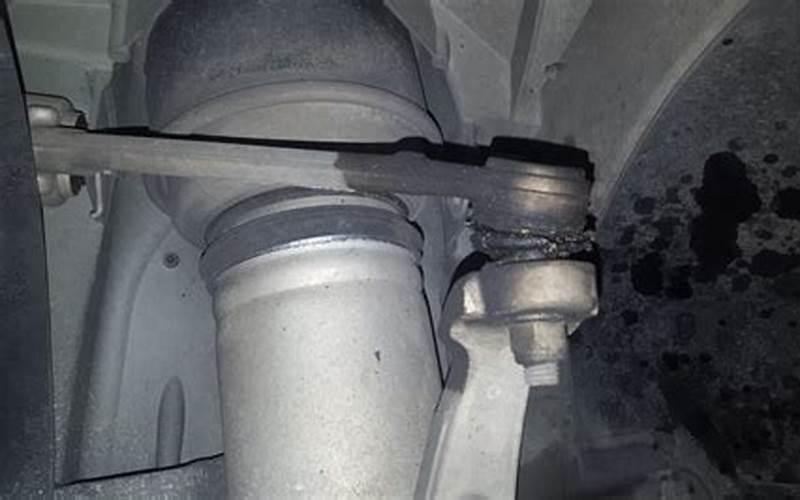
9. Steering Problems
Your car’s steering system is responsible for turning the wheels. When it fails, you may experience problems such as difficulty turning the wheel or a shaking steering wheel. To fix these problems, you may need to replace faulty components or take the car to a mechanic for repairs.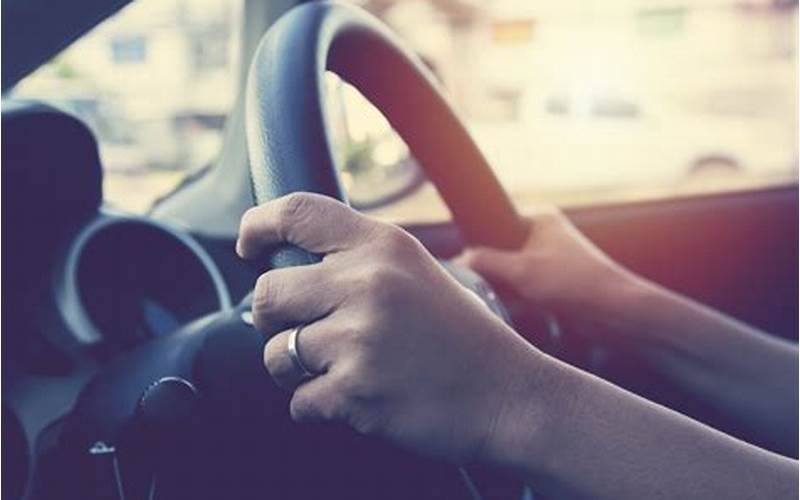
10. Cooling System Problems
Your car’s cooling system is responsible for keeping the engine cool. When it fails, you may experience problems such as overheating or a leaking radiator. To fix these problems, you may need to replace faulty components or take the car to a mechanic for repairs.
11. Air Conditioning Problems
Your car’s air conditioning system is responsible for keeping you cool during hot weather. When it fails, you may experience problems such as blowing hot air or strange noises. To fix these problems, you may need to replace faulty components or take the car to a mechanic for repairs.
12. Exhaust System Problems
Your car’s exhaust system is responsible for removing harmful gases from the engine. When it fails, you may experience problems such as a loud exhaust or a decrease in fuel efficiency. To fix these problems, you may need to replace faulty components or take the car to a mechanic for repairs.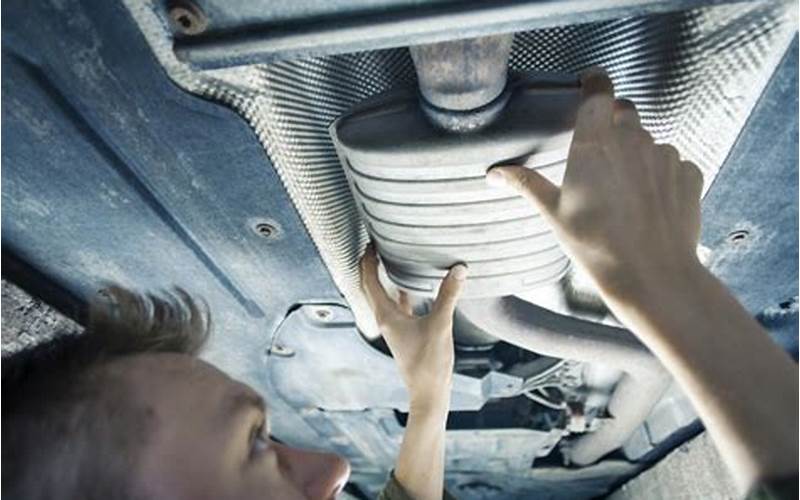
13. Oil Problems
Your car’s engine requires oil to lubricate its moving parts. When the oil level is low or dirty, you may experience problems such as engine damage or poor performance. To fix these problems, you should regularly change the engine oil and filter.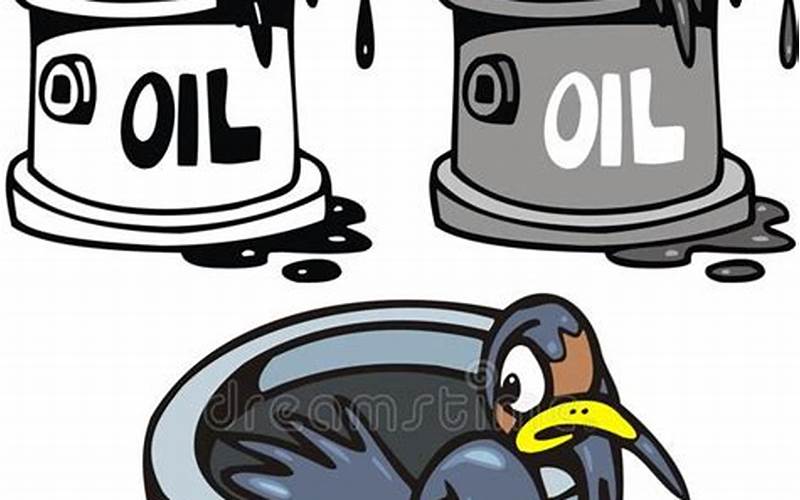
14. Ignition Problems
Your car’s ignition system is responsible for starting the engine. When it fails, you may experience problems such as the engine not starting or stalling. To fix these problems, you may need to replace faulty components or take the car to a mechanic for repairs.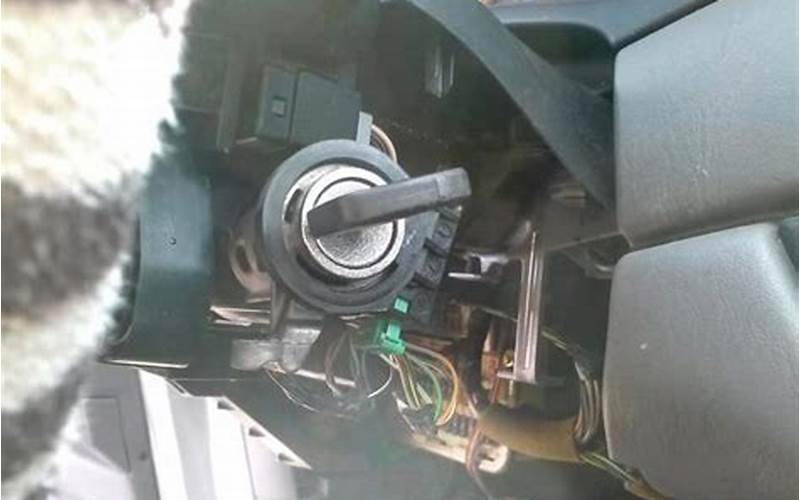
15. Belt Problems
Your car’s belts are responsible for driving various components such as the alternator and water pump. When they fail, you may experience problems such as overheating or a dead battery. To fix these problems, you may need to replace faulty belts.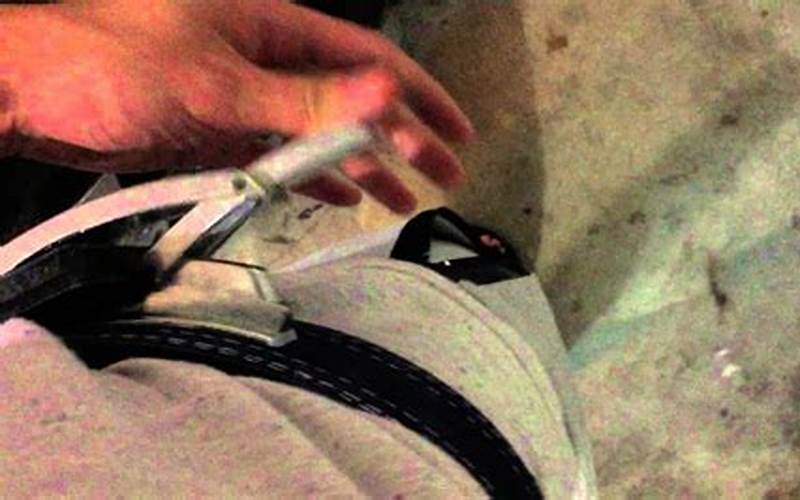
16. Wiper Problems
Your car’s wipers are responsible for keeping the windshield clean during rain or snow. When they fail, you may experience problems such as poor visibility. To fix these problems, you may need to replace faulty wiper blades or motors.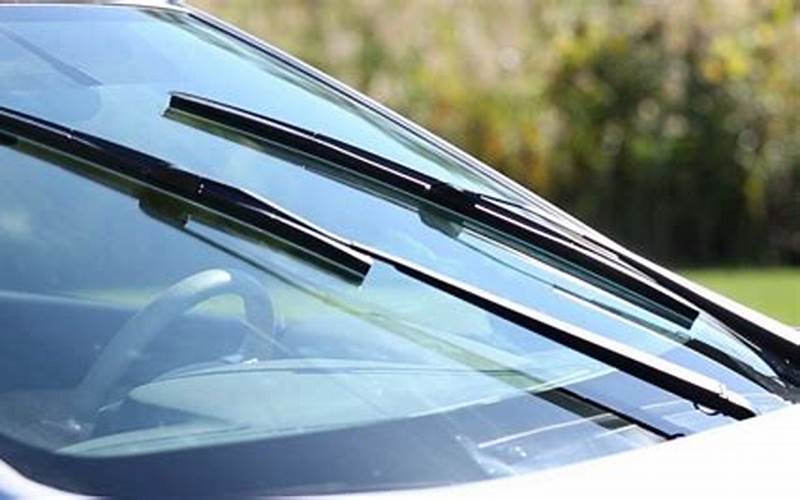
17. Windows Problems
Your car’s windows are responsible for providing ventilation and visibility. When they fail, you may experience problems such as windows not opening or closing. To fix these problems, you may need to replace faulty window motors or switches.
18. Headlight Problems
Your car’s headlights are responsible for providing visibility during low-light conditions. When they fail, you may experience problems such as poor visibility or failing to pass state inspections. To fix these problems, you may need to replace faulty headlight bulbs or wiring.
19. Fuel Cap Problems
Your car’s fuel cap is responsible for sealing the fuel tank and preventing fuel evaporation. When it fails, you may experience problems such as decreased fuel efficiency or a check engine light. To fix these problems, you may need to replace the fuel cap.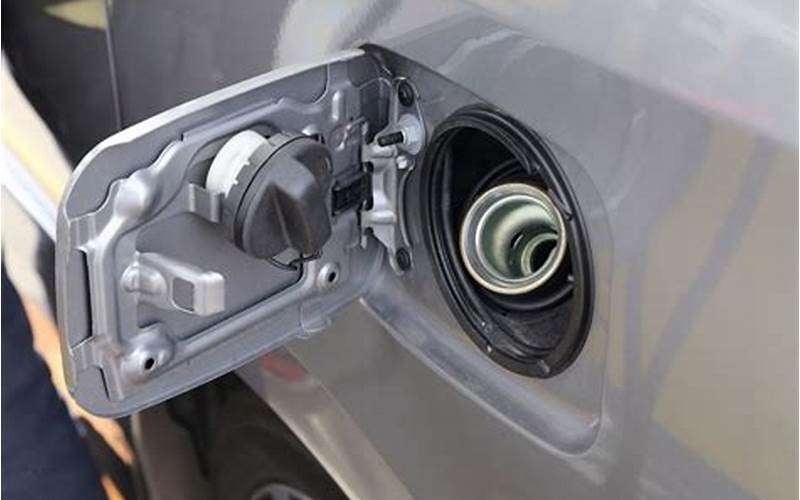
20. Catalytic Converter Problems
Your car’s catalytic converter is responsible for converting harmful emissions into less harmful gases. When it fails, you may experience problems such as decreased fuel efficiency or failing to pass state inspections. To fix these problems, you may need to replace the catalytic converter.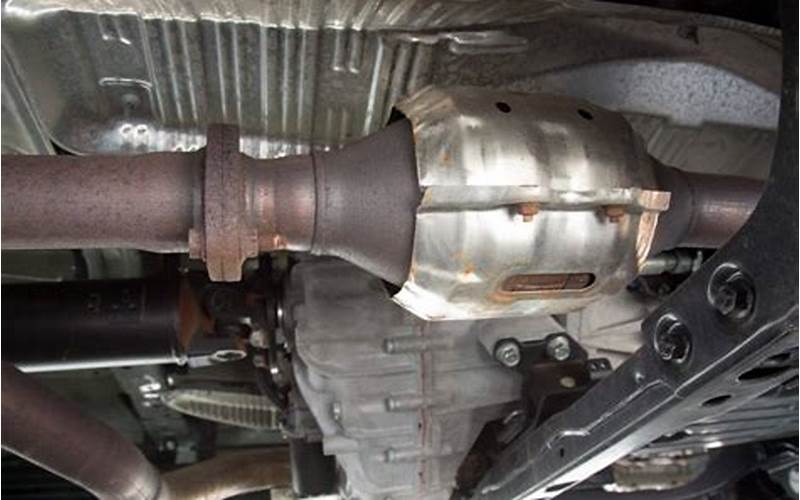
21. Oxygen Sensor Problems
Your car’s oxygen sensor is responsible for monitoring the amount of oxygen in the exhaust. When it fails, you may experience problems such as decreased fuel efficiency or failing to pass state inspections. To fix these problems, you may need to replace the oxygen sensor.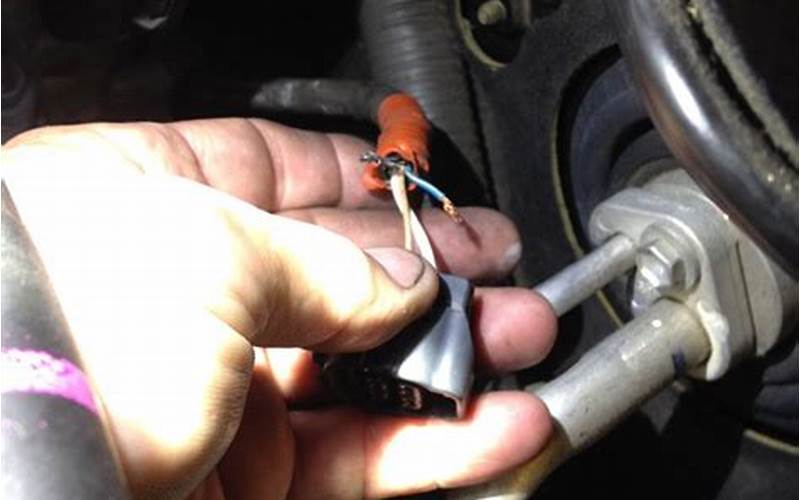
22. Spark Plug Problems
Your car’s spark plugs are responsible for igniting the fuel in the engine. When they fail, you may experience problems such as engine misfires or decreased fuel efficiency. To fix these problems, you may need to replace faulty spark plugs.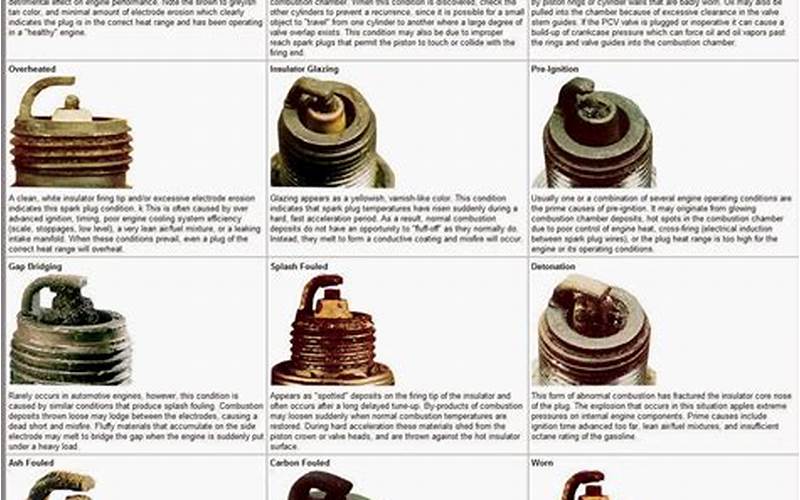
23. EGR Valve Problems
Your car’s EGR valve is responsible for reducing harmful emissions. When it fails, you may experience problems such as decreased fuel efficiency or failing to pass state inspections. To fix these problems, you may need to replace the EGR valve.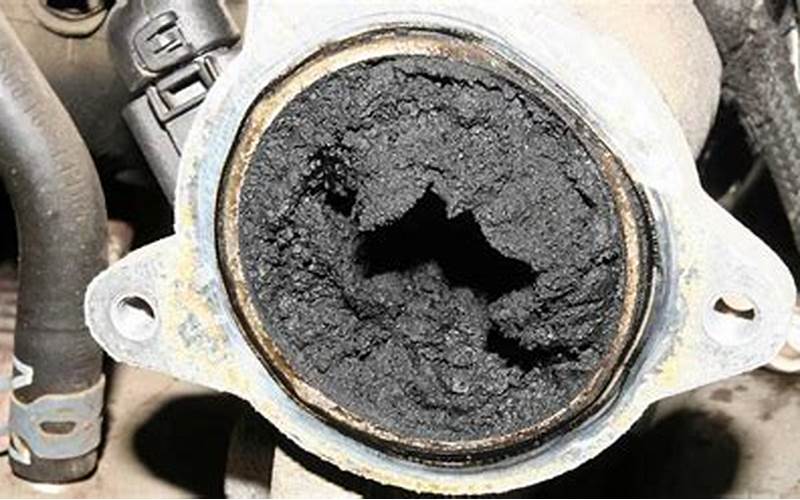
24. Mass Air Flow Sensor Problems
Your car’s mass air flow sensor is responsible for measuring the amount of air entering the engine. When it fails, you may experience problems such as decreased fuel efficiency or engine stalling. To fix these problems, you may need to replace the mass air flow sensor.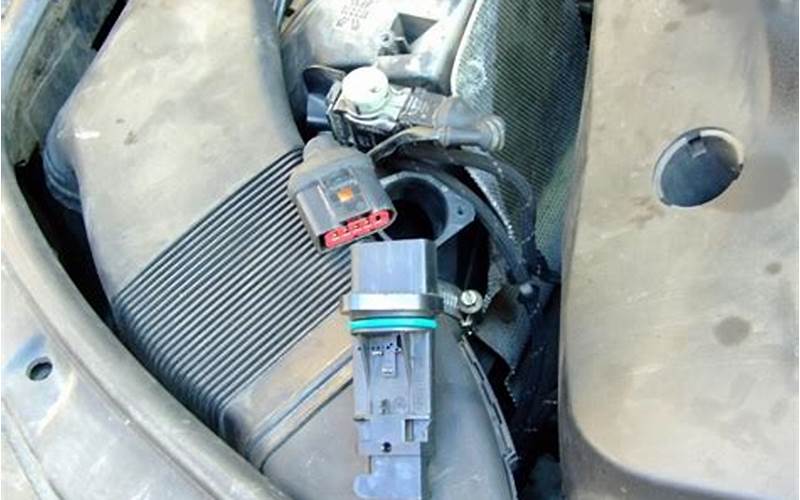
25. Throttle Body Problems
Your car’s throttle body is responsible for regulating the amount of air entering the engine. When it fails, you may experience problems such as decreased fuel efficiency or engine stalling. To fix these problems, you may need to replace the throttle body.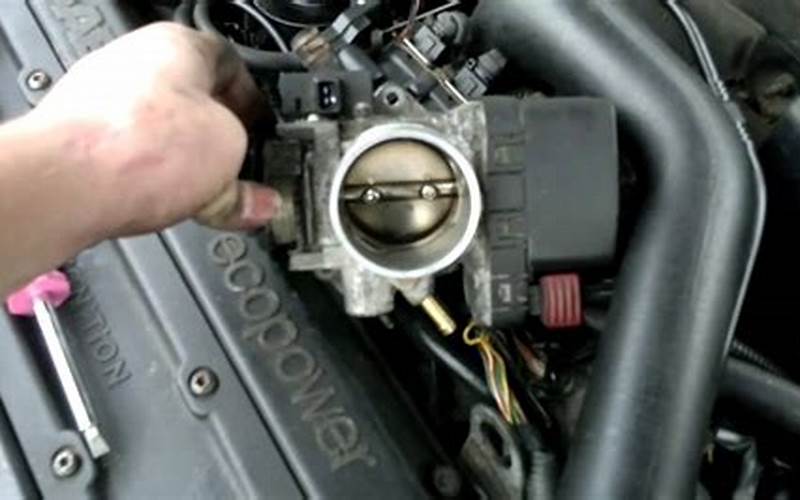
26. Evaporative Emission Control System Problems
Your car’s evaporative emission control system is responsible for reducing fuel vapor emissions. When it fails, you may experience problems such as decreased fuel efficiency or failing to pass state inspections. To fix these problems, you may need to replace faulty components in the system.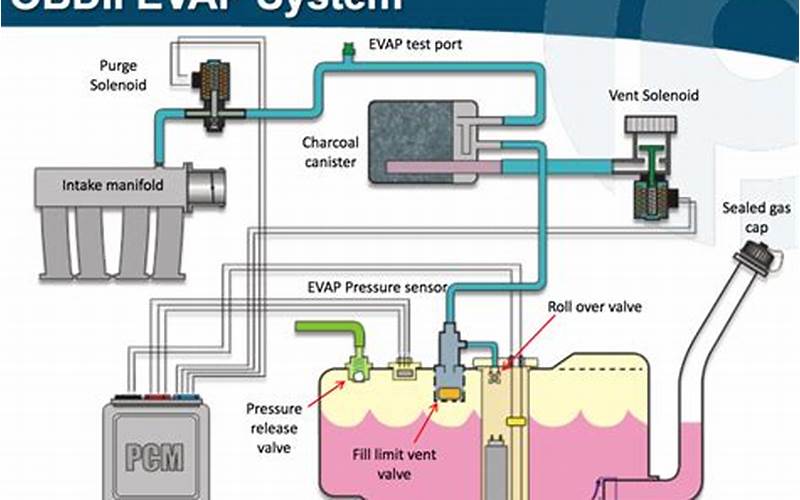
27. Timing Belt Problems
Your car’s timing belt is responsible for synchronizing the camshaft and crankshaft. When it fails, you may experience problems such as engine damage or poor performance. To fix these problems, you should regularly replace the timing belt according to the manufacturer’s recommendations.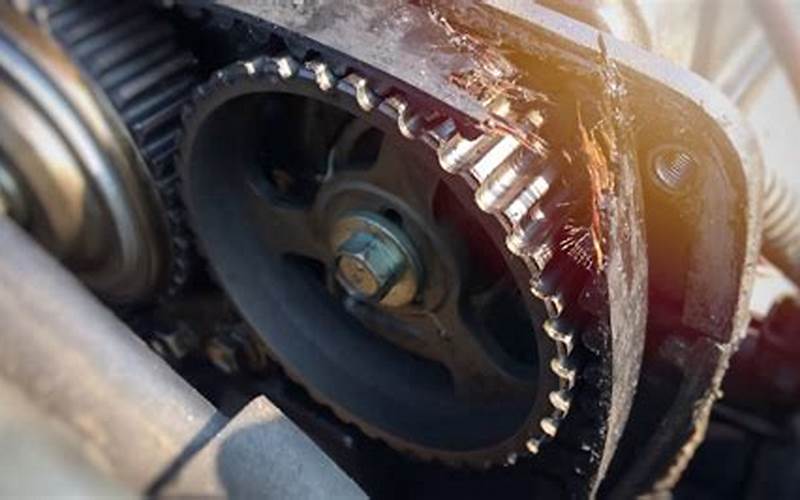
28. Alternator Problems
Your car’s alternator is responsible for charging the battery and providing power to the electrical system. When it fails, you may experience problems such as a dead battery or dimming lights. To fix these problems, you may need to replace the alternator.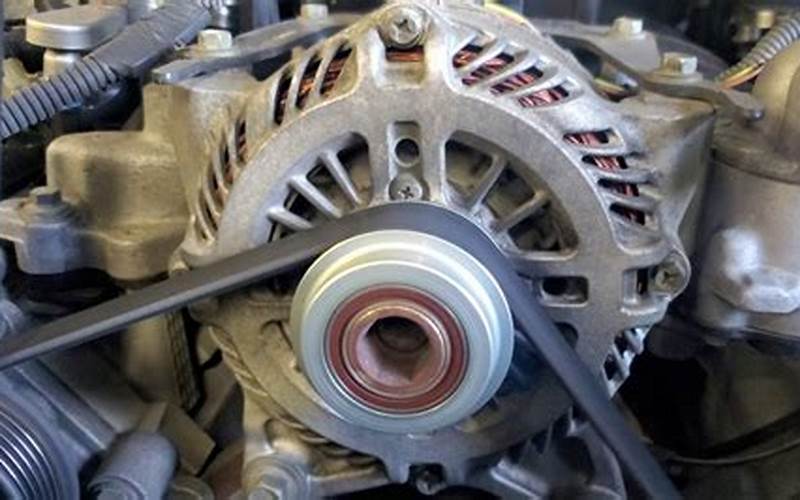
29. Starter Problems
Your car’s starter is responsible for starting the engine. When it fails, you may experience problems such as the engine not starting or a clicking sound when turning the key. To fix these problems, you may need to replace the starter.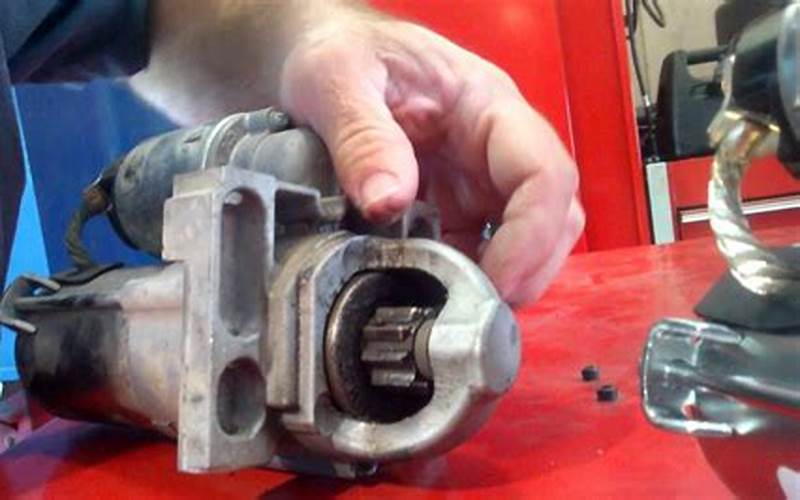
30. Power Steering Problems
Your car’s power steering system is responsible for making it easier to turn the steering wheel. When it fails, you may experience problems such as difficulty turning the wheel or a whining noise when turning the wheel. To fix these problems, you may need to replace faulty components in the system.

